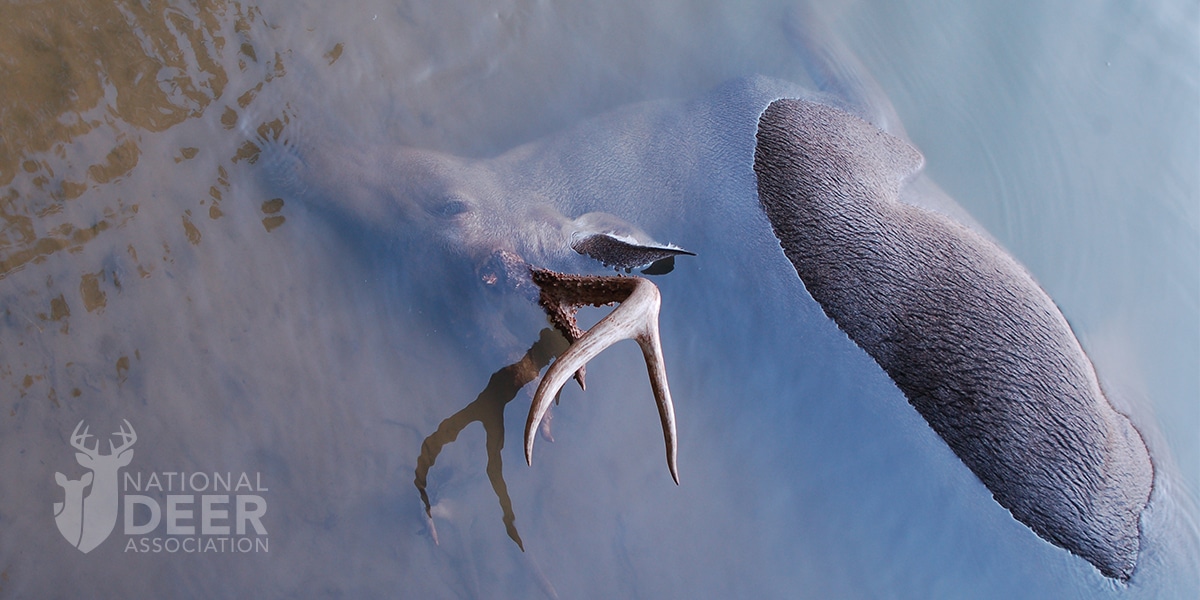You are using an out of date browser. It may not display this or other websites correctly.
You should upgrade or use an alternative browser.
You should upgrade or use an alternative browser.
Large Bachelor Group
- Thread starter Carr5vols
- Start date
- Thread Starter
- #2
Carr5vols
WKR
- Thread Starter
- #3
Carr5vols
WKR
Buckfever24
FNG
- Joined
- Feb 29, 2020
- Messages
- 45
Cool photo! Great buck!
TaperPin
WKR
- Joined
- Jul 12, 2023
- Messages
- 3,403
Cool picture! Pretty young deer - the old loner buck bedded in the PJ that can’t be seen warned them not to bunch up, but they said, “old man you don’t know nuttin - ain’t nobody gonna pop a cap in our ass.” Lol
ByrdHunter
FNG
- Joined
- Oct 11, 2023
- Messages
- 10
Looks like you’re in a good area. Hope the rest of the group can stay healthy.
- Thread Starter
- #8
Carr5vols
WKR
Yes colorado. 3 of them looks to have blue tongue..seen a lot bigger deer over the two weeks but this was the best group we seen.
- Thread Starter
- #10
Carr5vols
WKR
Not sure the survival rate maybe one of the experts in this area will chime in...
chindits
WKR
These viruses act quickly with symptoms developing approximately a week after infection and death occurring within 48 hours of symptoms developing. Intermediate symptoms include weakness and lethargy, unresponsiveness, fever, and edema. The associated fever often drives weakened deer to seek out water, and victims of these illnesses are often found dead next to or in water. While EHD is most often fatal for deer, some do survive and develop immunity to the virus.
Per this link
Per this link
chindits
WKR
I’m sorry it looks like EHD and BT are different, I’ll try to find something else
EHD and BT are commonly associated with the southeastern, midwestern, and Great Plains states, though cases have been reported further north into Pennsylvania, New York, Connecticut, Delaware, New Jersey, and recently New Hampshire and Vermont. These diseases have not yet been detected in Maine.
EHD and BT are commonly associated with the southeastern, midwestern, and Great Plains states, though cases have been reported further north into Pennsylvania, New York, Connecticut, Delaware, New Jersey, and recently New Hampshire and Vermont. These diseases have not yet been detected in Maine.
chindits
WKR
I’m sorry it looks like EHD and BT are different, I’ll try to find something else
EHD and BT are commonly associated with the southeastern, midwestern, and Great Plains states, though cases have been reported further north into Pennsylvania, New York, Connecticut, Delaware, New Jersey, and recently New Hampshire and Vermont. These diseases have not yet been detected in Maine.
EHD and BT are commonly associated with the southeastern, midwestern, and Great Plains states, though cases have been reported further north into Pennsylvania, New York, Connecticut, Delaware, New Jersey, and recently New Hampshire and Vermont. These diseases have not yet been detected in Maine.
chindits
WKR
Same I guess

 deerassociation.com
deerassociation.com

EHD in Deer: Here’s What You Need to Know
Hemorrhagic disease in deer, also known to many deer hunters as EHD or bluetongue, is a serious viral disease of deer that is spread by biting flies.
chindits
WKR
Sounds horrible but seems like white tails are more susceptible
We've had a couple bad outbreaks in WA over the years and mule deer definitely have a better survival rate than whitetail, but there are always quite a few cactus bucks that get killed that year.Interesting, I know little to nothing about BT, but thought it was more prevalent in whitetail populations, will those bucks who have been infected survive? Or did they survive and the result is some jacked up racks?
Similar threads
Featured Video
Stats
Latest Articles
-
The Intersection of Hunting Big Mule Deer & Big Whitetail
-
YETI LoadOut GoBox Review
-
Big Bucks, Bigger Secrets: Antelope Island Unguided
-
Iron Will Wide Single Bevel Broadhead Review
-
TT#43 Travis Hobbs Alaskan Brown Bear Hunt
-
YETI Tundra 210 Cooler Review
-
Rifles for Hunting Big Mule Deer
-
T&K Gen 3.1 Bino Harness Review
-
Seek Outside Twilight 3P Tent Review
-
Montana Knife Company Culinary Set Review



